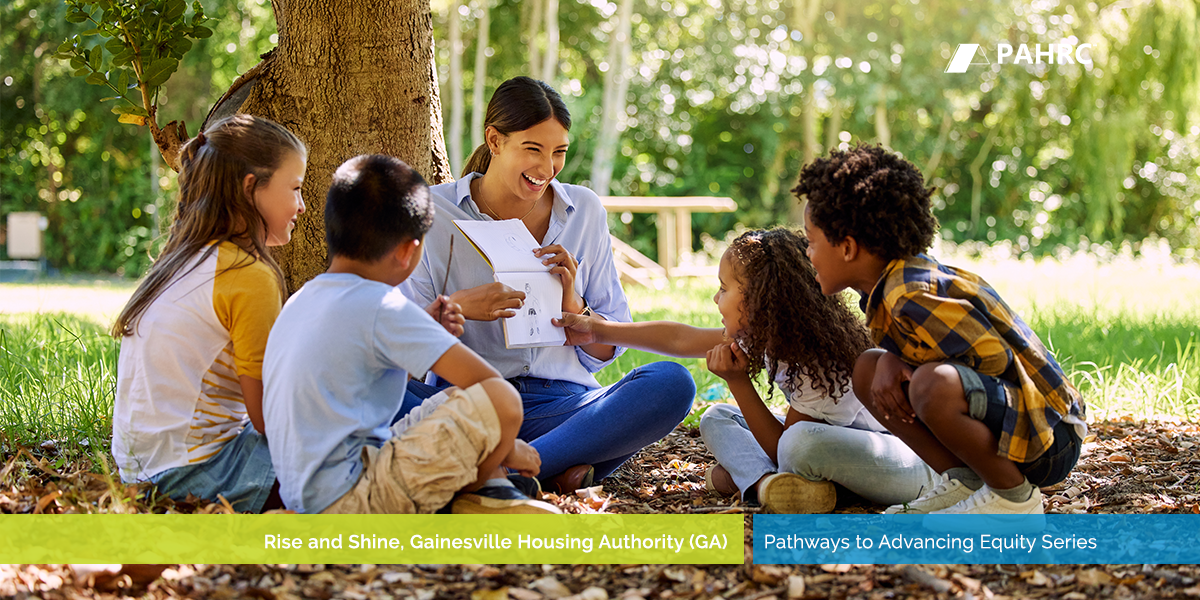Replacing your shingles? Whether a recent storm did a number on your roof or your shingles are starting to show their age—curling, buckling, or cracking—the number of choices out there can be overwhelming. One option rising in popularity is impact-resistant shingles. But are they really worth the extra cost? Let’s break it down.
What are impact-resistant shingles?
As a highly visible part of many residential buildings, shingles contribute a great deal to a property’s overall aesthetic. But shingles aren’t just for show. When well maintained, they’re your roof’s first line of defense against water, wind, and sunlight. Impact-resistant shingles are shingles that carry the highest impact resistance rating available for roofing material—a Class 4 on a scale of 1 to 4. Designed to withstand the effects of wind, hail, and flying debris, they undergo rigorous testing by the Underwriters Laboratory (UL), a global safety science leader, to earn the Class 4 rating.
The test, known as the UL 2218 Class 4 Impact Rating Test, or UL 2218, consists of dropping steel balls of various sizes onto the shingle at 90 mph from heights ranging from 12 to 20 feet. To determine the impact-resistance classification, testers drop the balls twice onto the same area. Only those shingles that endure two impacts by a 2-inch diameter steel ball without showing any signs of compromised structural integrity receive a Class 4 rating. In other words, the shingle’s surface, backing, and interior cannot show evidence of cracking, tearing, or splitting as a result of the impact.

Who should invest in impact-resistant shingles?
Building codes that specify the class of roofing material you must use vary in each state and largely depend on weather conditions. If you’re in an area that is prone to hail or wind, though, impact-resistant shingles are worth considering regardless of whether they’re mandated.
“Generally speaking, impact-resistant shingles are worth the investment,” said Mary Ciccaglione, a manager with HAI Group’s Risk Control and Consulting department. “Since they’re designed to withstand damage from hail, high winds, and debris, these shingles can reduce your maintenance and repair costs and extend your roof’s lifespan.”

How much do they cost?
You can expect to pay up to 20% more for Class 4 shingles than standard shingles. For most property managers and building owners, the high cost is the biggest drawback. If you consider that a single wind storm or hailstorm can destroy a traditional roof, these shingles may be a good investment. There’s also the cost of moving tenants out of a building and temporarily housing them somewhere else.
“We're seeing more frequent hail storms, and the resulting roof damage causes inconvenience to everyone living in an affected building,” Ciccaglione said.
Another thing to remember is that maintaining your roof’s structural integrity will help protect your building envelope, which should cut down on future repairs.
“Over time, worn-out or damaged roofs can lead to costly problems stemming from water intrusion and other issues. Impact-resistant shingles help to maintain the integrity of the roof to prevent this and other types of damage,” said Ciccaglione.
What else should I know?
You may win points with your insurance company if you install impact-resistant shingles.
“This type of roof material is very favorable, so as an underwriter, I’d contemplate it in the pricing since the roof type can assist with loss mitigation,” said Gavin Peters, an underwriter at HAI Group.

Your insurance company may even pay for it. Some policies, like the one HAI Group offers HAPI members, cover the cost to upgrade your roof to impact-resistant shingles if your existing roof is damaged by a covered peril.
Contact our Risk Control and Consulting team for more resources and answers to your housing organization’s risk-related questions.
Interested in Working With HAI Group? Our Account Services team is ready to assist you.
This article is for general information only. HAI Group® makes no representation or warranty about the accuracy or applicability of this information for any particular use or circumstance. Your use of this information is at your own discretion and risk. HAI Group® and any author or contributor identified herein assume no responsibility for your use of this information. You should consult with your attorney or subject matter advisor before adopting any risk management strategy or policy.
HAI Group® is a marketing name used to refer to insurers, a producer, and related service providers affiliated through a common mission, management, and governance. Property-casualty insurance and related services are written or provided by Housing Authority Property Insurance, A Mutual Company; Housing Enterprise Insurance Company, Inc.; Housing Specialty Insurance Company, Inc.; Housing Investment Group, Inc.; and Housing Insurance Services (DBA Housing Insurance Agency Services in NY and MI).







